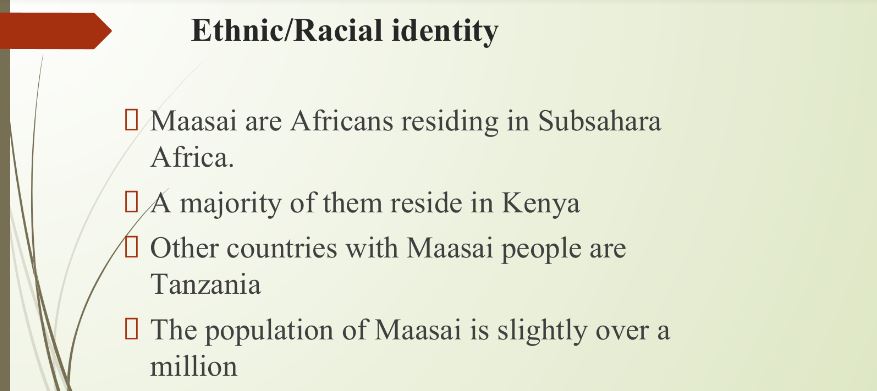Develop a health promotion project for a cultural group
In this assignment, students develop a health promotion project for a cultural group. You are to learn as much as you can about the cultural norms and patterns and how these norms and patterns influence health practices. The purpose of this assignment is for you to develop a deeper understanding and sensitivity regarding the role of culture in patients’ lives and in nursing through the examination of a cultural/ethnic group.
What is Cultural Diversity?
Cultural diversity refers to the differences among people based upon shared ideology and valued sets of beliefs, norms, customs, and meanings evidenced in way of life (ANA, 1996, Position Statement on Cultural Diversity). This diversity is expressed in many ways. Diversity in history, beliefs, practices, and opportunities not only exist among the many cultural groups but also they typically exist across a wide continuum within the group. Health behaviors are influenced by culture and cultural values as well as by socioeconomic status
The PowerPoint should be 10-20 slides in length with a reference slide including at least 5 primary research sources. The verbal part of the presentation should be written in the notes section of the PowerPoint.
Ideas to consider as you develop your projects:
Health and Culture:
The nurse must recognize that members of various cultures define “health” differently. Individuals may define themselves or others in their group as healthy even though the nurse identifies symptoms of disease. Cultural priorities of the client may differ from that of the nurse.
Culture and Healing:
Some individuals and families in some cultural groups may also use traditional healing systems, sometimes called lay or folk-healing systems, with or without allopathic (modern) medicine. In addition to seeking help from the nurse as a health care provider, clients may also seek help from traditional or religious healers. Most nurses have experienced clients who combine medical care with prayer. Nurses need to be sensitive to, respectful of and nonjudgmental
regarding patients’ health beliefs and practices in order to maximize patient outcomes. Health status of all clients is influenced by the interaction of physiological, cultural, psychological, economic and societal factors. Diversity within and among groups necessitates data collection activities and programs that are tailored to meet the unique health care needs of different subgroups. Health beliefs are translated into health care practices, which then affect health
status. What constitutes appropriate care for specific health conditions may be guided by cultural and social class expectations?
Health Information and Education:
Planning health education programs requires identifying and building on cultural strengths and ensuring sensitivity to cultural factors. Meeting the language and cultural needs of each identified minority group, using minority specific community resources to tailor educational approaches, and developing materials and methods of presentation that are at the educational level of the target population are essential considerations in the planning process. Health programs should be sustainable over a long period of time and accountable to the people
they serve.
Answer preview for Develop a health promotion project for a cultural group
Access the full answer containing 13 PowerPoint slides by clicking the below purchase button.

